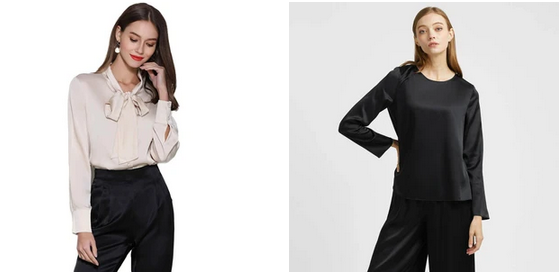Silk is a organic proteins dietary fibre that can be used to help make apparel. It’s created by womens silk blouse serving on mulberry foliage, and it’s not the same as the more popular man-made nutritional fibre of polyester or nylon material, both oil-structured products.
Silk is a fundamental element of historical asian civilizations for centuries, plus it is one of the most high-class and dear textiles in virtually any clothing collection. Its components are making silk a well known material for clothes, adornment, artwork as well as beauty products.
Nevertheless, silk production involves a staggering amount of functions, and it is among the most sensitive and vulnerable components to take care of. It has been found in clothes like silk blouse for years and years, only recently have we began utilizing silk as an manufacturing merchandise.
The Three Principal Classes
Silk may be divided into three primary groups according to digesting: unprocessed silk, chucked silk and filament silk.
Unprocessed silk is the material that comes from your cocoons of caterpillars- usually shaped to put it briefly fibres. It’s also called “grease silk” due to the fact it’s usually taken care of in sericin, a proteinaceous fasten that protects the pupae from sticking to the other person.
Thrown silk is manufactured by unwinding the raw silk into long continuous filaments, then crimped or cast into fluffy piles of unnatural thicknesses and measures. This technique results in a velvet-like textile that is certainly each soft and sturdy.
Filament Silk, also known as “correct silk”, is produced by spinning the filament in to a fine line that can be dyed and woven to generate a very robust, higher-quality dietary fibre. This type of silk makes up the majority of our textiles these days, including stockings, underwear, clothes and-finish silk shirt and add-ons.
The history of silk is long and unique, nevertheless the manufacturing approach is different small with time with a few little modern day improvements to really make it more sensible for business reasons. As a result, silk remains a remarkably beneficial material that’s well worth every amount of its cost tag!
